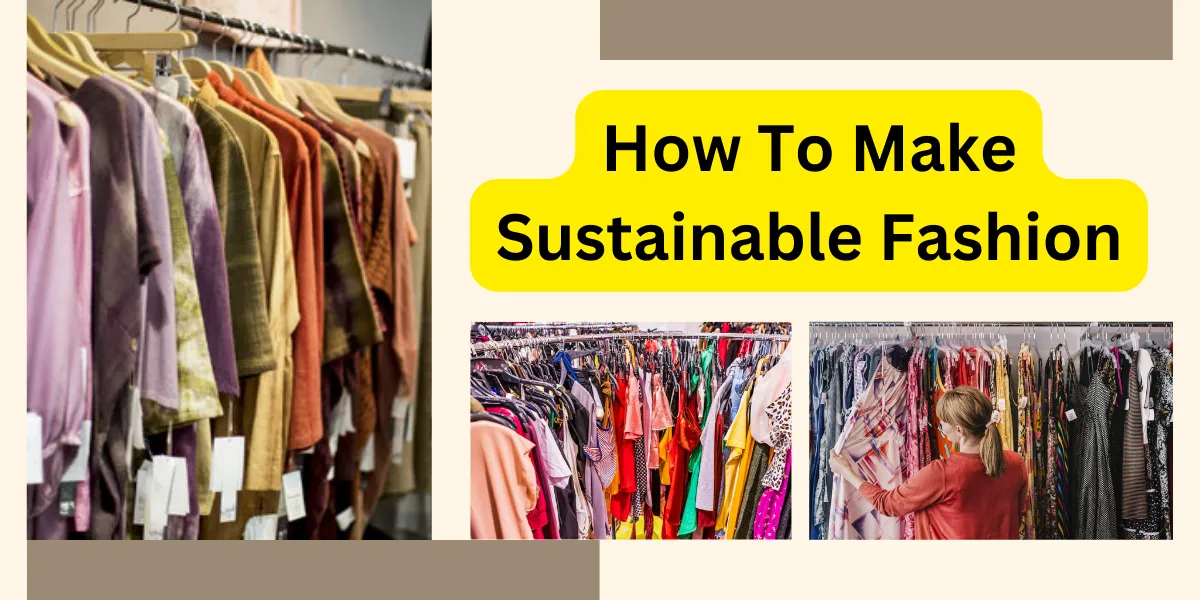How to Make Sustainable Fashion: A Guide to Ethical Style
In recent years, there has been a growing awareness of the environmental and social impacts of the fashion industry. As a result, the concept of sustainable fashion has gained momentum, focusing on creating garments that are both stylish and environmentally friendly. In this article, we will explore some practical steps you can take to make sustainable fashion a part of your lifestyle.
Understanding Sustainable Fashion:
Before diving into the practical aspects, it’s crucial to understand what sustainable fashion entails. Sustainable fashion aims to minimize the negative impacts of the fashion industry on the environment and society. This includes reducing waste, promoting fair labor practices, using eco-friendly materials, and supporting ethical production methods.
Embrace Slow Fashion:
The first step towards sustainable fashion is adopting the philosophy of slow fashion. Slow fashion opposes the fast-paced, disposable nature of the industry and encourages mindful consumption. Instead of chasing the latest trends, focus on building a timeless wardrobe with high-quality garments that can be worn for years. By investing in durable pieces, you reduce the need for frequent purchases and contribute to reducing fashion waste.

Fashion and Co: Exploring the Intersection of Style and Company Culture
It has become a powerful means of self-expression, a reflection of personal identity, and a driving force behind company culture. The fusion of fashion and business, often called “Fashion and Co,” has gained significant momentum in recent years. This article delves into the impact of fashion on company culture, highlighting how it shapes brand image, fosters creativity, and promotes inclusivity.
The Power of Visual Identity: Fashion as a Branding Tool
Fashion as a Visual Language:
Fashion serves as a communication medium, allowing individuals to express themselves and their values through clothing. In the context of a company, fashion choices can align with and reinforce its core values.
Crafting a Cohesive Brand Image:
Dress codes and uniforms are crucial in creating a unified brand image. They contribute to the overall aesthetic and help customers and employees identify with the company’s values.
Leveraging Fashion Influencers and Ambassadors:
Collaborations with fashion influencers and ambassadors can expand a company’s brand reach. Social media platforms are powerful tools for influencer marketing, connecting companies with their target audience.
Cultivating Creativity: Fashion’s Influence on Innovation
Embracing Individual Style:
Encouraging employees to embrace their style fosters a sense of individuality and creativity. Employees feel more inspired and motivated when they are free to express themselves through fashion.
Fashion as a Catalyst for Inspiration:
Fashion trends, both on the runway and in everyday life, can inspire innovative ideas. Cross-pollination between fashion and other creative industries sparks fresh perspectives and unique collaborations.
Choose Ethical and Eco-Friendly Materials:
When shopping for sustainable fashion, pay attention to the materials used in the garments. Look for natural and organic fabrics such as organic cotton, hemp, linen, and Tencel, which have a lower environmental impact than synthetic materials. Additionally, consider supporting brands that use recycled materials or innovative sustainable alternatives like Piñatex (made from pineapple fibers) or Econyl (made from recycled nylon).
Opt for Fair Trade and Ethical Brands:
Supporting brands prioritizing fair trade and ethical practices is crucial for sustainable fashion. Look for certifications like Fairtrade, GOTS (Global Organic Textile Standard), or B Corp, which indicate that a brand adheres to strict social and environmental standards. These certifications ensure that workers are treated fairly, receive fair wages, and operate safely.
Extend the Lifespan of Your Clothing:
Another essential aspect of sustainable fashion is extending the lifespan of your clothing. Take good care of your garments by following the care instructions, repairing them when needed, and repurposing or upcycling them creatively. Giving your clothes a longer life reduces the demand for new items and minimizes waste.
Support Secondhand and Vintage Shopping:
Exploring secondhand and vintage shopping is an excellent way to embrace sustainable fashion. Thrift stores, consignment shops, and online platforms offer many pre-loved clothing options. Not only will you find unique pieces, but you’ll also contribute to reducing the environmental impact of fashion by giving garments a second life.
Making sustainable fashion choices is an important step towards a more ethical and environmentally conscious lifestyle. By embracing slow fashion, choosing eco-friendly materials, supporting ethical brands, extending the lifespan of your clothing, and exploring secondhand shopping, you can positively impact the fashion industry. Remember, every small decision you make as a consumer can contribute to a more sustainable future.




